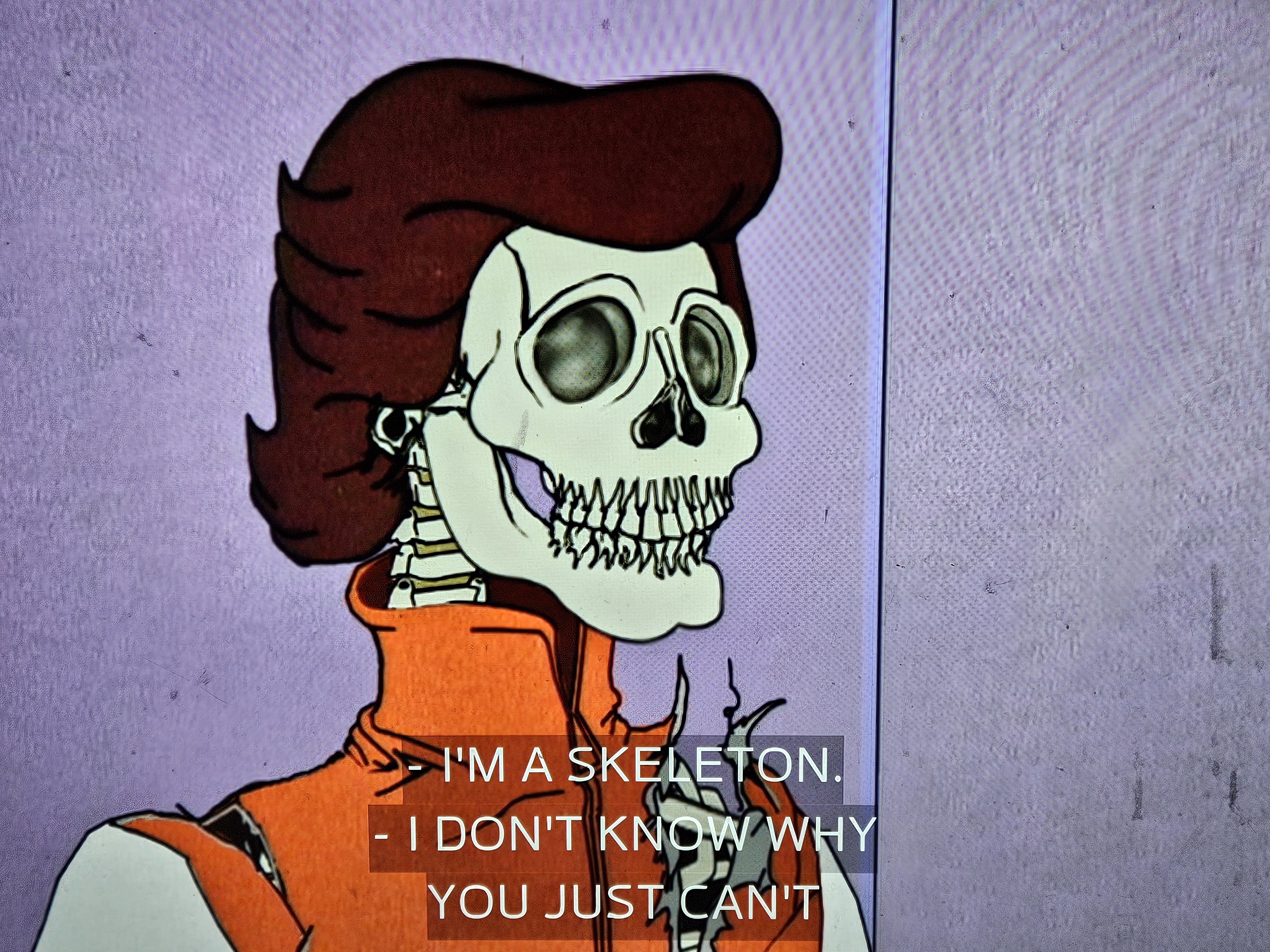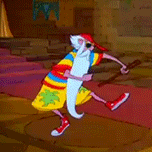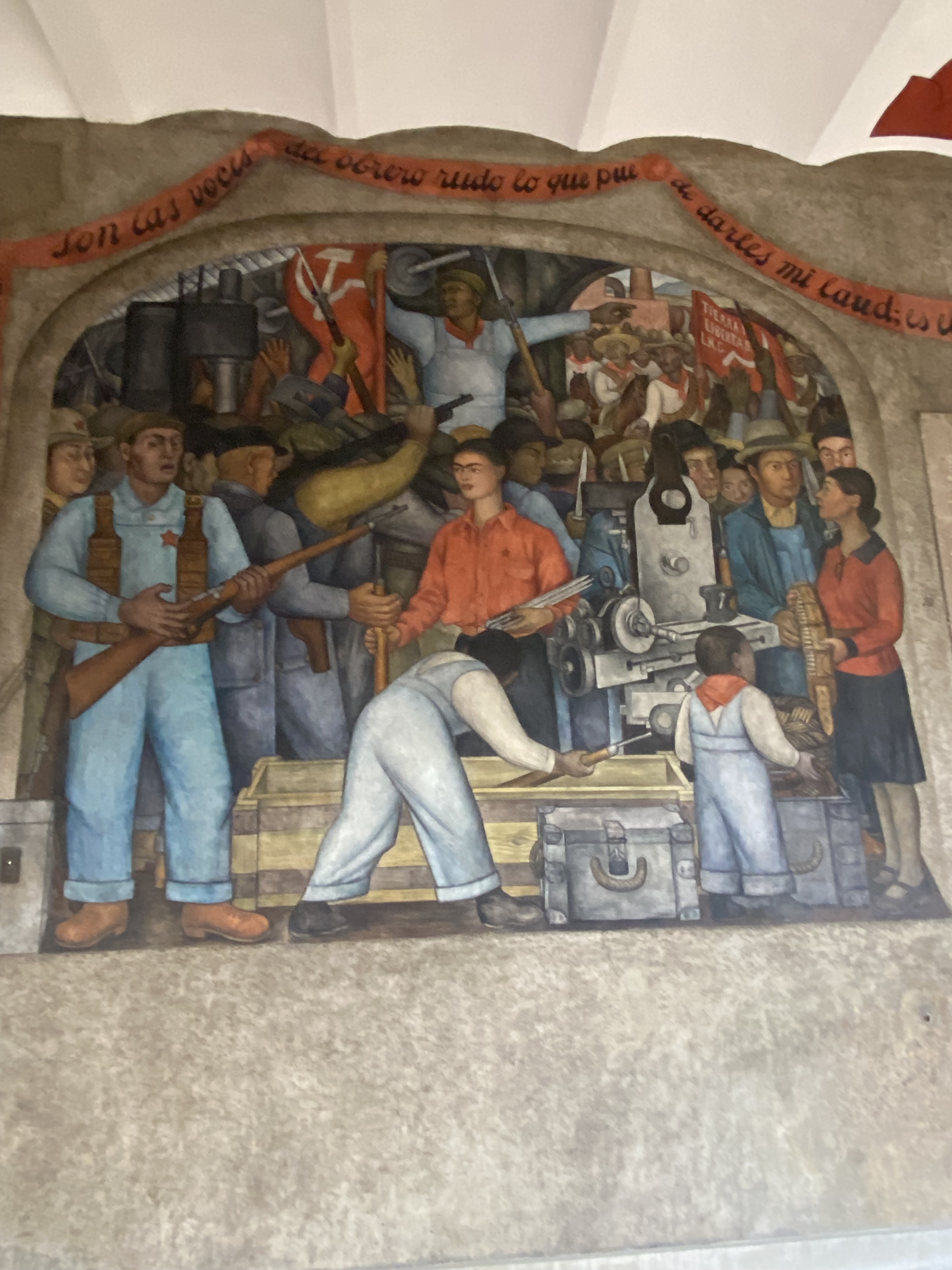As we all know here, material conditions have progressively been getting worse and worse. Based on pretty much all political theory, crime rates should also be going up with worse material conditions. But they haven’t, in fact, crime rates have been going consistently down for the past 30 or so years. Why is that?
Isn’t it specifically violent crime that’s on a downturn?
Because that’s likely just because we stopped using leaded gasoline
Cops gotta show up to record a crime in the first place. I don’t know about other states, but in my area of Texas the police have basically never gone “back to work” post 2020 protests. They’re extremely sensitive adult babies who refuse to do their jobs if people don’t worship them. I rarely see police on the road and only see them pulling people over near the end of the month. My bike registration has been expired since last year and I can blast past a cop in traffic without fear of enforcement as long as I’m not being too extreme.
This is a large topic, one that you need to look into deeply, it is also one of those topics where a misuse of statistics can obscure the realities underneath.
One thing that has been happening over time is people have been observing how things like Low-Income Housing Tax Credits can be used to create highly dense populations of poor people, and what impact that has on the surrounding area and the immediate community that live in this economic zone. Since about the late 1980s states across the country have been using Low-Income Housing Tax Credits (LIHTCs) to segregate the populations and consolidate the poor in central locations. A myth grew from this practice that Low-Income Housing brings crime, and that the poor were also predisposed to crime. That myth became a truth, a truth you could back up with statistics. You could look at a given area of Low-Income Housing and find a rise in crime, but this rise in crime and its statistics were falling short of WHY this was true.
The reality was, be it because of racism or classism or both, legislatures were placing LIHTCs in the same areas as the poor, over and over and over again, for decades. This caused those areas to grow and the economic diversity of those areas shrank. Middle income homes and apartments would get converted into Low-Income rentals that give the property developers and owners a huge kickback from the government. This would push out middle income earners to other neighborhoods, leaving only the poor left to live there.
When you concentrate all that poor, you no longer have a population that can drive economic growth in the neighborhood. They do not have the capital to operate their own business and run them locally where they live, and they do not have the disposable income to support local existing businesses. This pushes out things like independent grocers and other business that drive a healthy local economy. It also attracts predatory businesses like Pay Day Loan vendors and Pawn Shops, who exploit the local poor and earn a profit off their low economic status. Since there are no good jobs to fill in the area, the poor have to now commute to work, which adds to their overall expenses and pushes them further down the economic ladder and closer to desperation. As desperation rises because of their material conditions, so does the rise in crime. Desperate people do desperate things.
Major cities like Atlanta and Chicago underwent a restructuring of their Low-Income Housing in the early 2000s. Much of their Low-Income Housing was contained within old post WW2 project blocks. These were massive high rises that contained thousands of apartments, and over time they were teaming with poor. As they started decommissioning these structures, they redistributed the poor across their cities, not just into poor neighborhoods but into middle-class and upper-class neighborhoods. In doing so, they found, that crime not only didn’t go UP within the neighborhoods folks were moved to, but overall VIOLENT crime went down in both Atlanta and Chicago.
One thing to remember is that CRIME is something defined by the state, and as such, you have to ask the questions: “What kind of crime do these statistics talk about?” or “What does this person mean by crime?” because often it is not a full picture of crime in general. Some crimes are more tolerable than others. In the study I linked above, they have three metrics for crime:
Violent crime: aggravated assault, forcible rape, murder, and robbery
Property crime: arson, burglary, larceny, and motor vehicle theft
Gun crime: crimes involving handguns or other firearms—homicide, sexual assault, robbery, battery, ritualism, and assaultIn general, these types of crimes have been going down steadily since the 1970s. One running “theory” believes there is a causal link between the decline in leaded gas use and violent crime. I think there could be a contributing factor there, but everything I noted above was also happening along the same timespan. I think we would have to perform more material analysis to know all the contributing factors for a consistently lowering crime rate.
Restructuring of public housing has helped to lower crime, but also consider another point of fact: Weed decriminalization has been going on steadily in the USA since the 1970s. This goes back to my point about CRIME being defined by the state. As weed becomes decriminalized and ultimately legalized for recreational use, the stakes involved with policing weed also drop significantly. The likelihood of police raids to bust growing operations decline as legal dispensaries incline. Citizens caught with weed in their car are given lesser sentences, are arrested less frequently, and subsequently charged with fewer CRIMES. Often times there are knock-on crimes that are attached to a possession charge, for example, if you had a gun in your car at the time. Given that desperate people turn to methods of relief like weed and other drugs to cope with their desperate situations, this puts these desperate people in the crosshairs of the cops, making the likelihood they do something desperate while getting caught higher.
These are only two examples of changes that have been slowly going on throughout the decades. They both have an impact on crime rates. I’m sure there are plenty of others in the comments to cover other aspects of this decline. One thing to always remember, though: Crime needs to be defined, and what you include and exclude as “crime” will alter your statistical analysis in whatever way you want.
It’s estimated that 90% of White-Collar goes unreported. The focus on “Violent Crime” in both the media and statistical analysis is a result of this. While this is moving off-topic a to a degree, there is a clear class divide within the justice system regarding the kinds of crimes that people are investigated for and ultimately tried and convicted of. It’s entirely possible that white-caller crime is up, but it would be difficult to know, since those kinds of crimes are seldom acted on.
Great post
Thanks comrade!
To add to what you mentioned about concentrated poverty is that for many of those people, they are still subject to and victimized by higher rates violent crime than national and even state averages would imply. Crime statistics may not always reflect some of these truths because these communities are not protected by law enforcement and may lead to underreporting
By who’s estimation? I remember a podcast I used to like, reply all, pretty lib looking back on it, and not even getting into all the shit that went down since then. But there were some parts of the episode ‘the crime machine’ that really really stuck with me. Chief among them was about how fake police crime statistics are. Material conditions are always getting worse, but somehow, someway, crime is always falling. I can’t remember the exact quote, but there was a point were the main subject of the episode was trying to explain ‘crime goes down, arrests go down’ and was answered with ‘crime goes down, arrests go up’. Crime has not been falling and falling, never once deviating. What is considered a crime, how it is reported, who reports it, all of this makes a difference in tracking. Unless you live in an AES country, you’ll never know the truth about the actual, statistical, state of crime.
If you remember anything, remember this: “any police department that tells you crime has, without deviation, been falling for 30 years, they are compeletely full of shit”
don’t take their words at face value
Crime is a common manifestation of despair; that’s the metric you should be looking at. And baby despair is thru da roof
Also: lead
panopticon surveillance maybe?
Have deaths been increasing among the most vulnerable?
I think that part of it is that the types of crimes people are committing have changed. Like you’re less likely to see younger people buying illegal drugs and far more likely to see them shoplifting. You would probably also see a lot of illegal gambling and other “internet crimes” among younger people that I highly doubt are being accurately recorded.
Several thoughts here, probably no single one adequately explains the situation but I think they’re worth thinking about.
Crime is a category we make up. Bribery is a crime, lobbying is not, the difference is… ? Measuring crime is not something you can consistently do over decades if ‘things that are crimes’ (possessing weed, for instance) are subject to change over that same stretch.
Lots of crimes have moved into digital space. All those onlyfans models would be risking criminal prosecution on the street, depending on what specifically they get up to and where they live, but they do it online in a way that avoids legal trouble and still lets them make up for shortfalls in income or whatever other reasons they have for doing that sort of work. The guy who used to pick your pocket in Times Square or whatever? Nobody carries cash anymore, the real money is made tricking elderly people into giving up their bank details to ‘their grandkids’ or whatever, entire categories of ‘crime’ are happening over the phone or on facebook now.
Criminal activity is one way to respond to deteriorating conditions, but it’s not necessarily the only way and for many people it’s not their first recourse. Many people will pick up second and third jobs, cut their living expenses to the bone, go without medicine etc. to avoid being on the wrong side of our draconian legal system (here in the US at least). Other indicators that things are getting worse would be stuff like ‘more people living with their parents into older and older ages because they can’t afford to rent or buy a home’ or ‘increasing malnutrition’ or even less tangible things like ‘having a shitload of roommates.’ They might start tolerating deteriorating working conditions because of how bleak the alternatives are. Some might even be positive things, like engaging in more communal projects or pooling resources to meet common needs.
It’s not always rational to do crimes to address a deteriorating situation, in fact it very often makes your situation worse. “Things are bad, crime should go up” is pretty simplistic, I think.
Just guessing, but maybe crimes are measured differently now vs historically? Is the decline of crime rates uniform to all districts? Do less-economic crimes like murder get measured and recorded as accurately as someone stealing a loaf of bred to eat? Does access to things like credit cards defer crimes of necessity into debt and bankruptcy? Are the decline in material conditions uniformly distributed? In 1978, the federal government banned consumer uses of lead-based paint. Are crime rates going down because victims of lead paint are retiring from crime in mass?
How do you know crime rates would not go down faster if material conditions improved?
I think the explosion of surveillance probably has dampened things, like, it’s a lot easier to break in to places and do a robbery or whatever if there’s not 1000 cameras everywhere
People are too tired and depressed to do crime
The surveillance state has gotten to the point your phone and car track your every move and record everyrhing you say out loud or through text communications.
Crime is going down because it’s almost impossible to not be recorded doing a crime, if the cops care enough (see family guy color chart) they can easily get high definition security footage of everybody within a mile of a crime scene it’s just a matter of I’d they feel like making the effort or not.
The answer is: It’s too complicated for anyone to know with any certainty if crime is actually decreasing, never mind the why. Anybody who can say with certainty about either is lying. Too many factors.
- Increasing surveillance / intelligence based policing (“pre-crime” if you will)
- Changes to methods on reporting on crime statistics. (is a “hate incident” a crime??)
- Changes in numbers of police (no witness no crime)
- Changes in whether the public choose to report a crime. I know I’d never bother, but maybe people my age 30 years ago would.
- Change in decisions of when to investigate crimes (I know for instance >60% of reported crimes here don’t get even basic investigation. Do any of those count for a crime rate?)
- Changes to de jure / de facto definitions of crime (eg the many crimes police use their discretion not to pursue).
- Shifting between criminal and civil law. (eg you killed all those people but just pay a fine because it’s a civil thing not a crime)
- Changes in propaganda / social consciousness (it’s your fault your poor and starving so being a criminal is bad).
- Lead.
- Maybe criminals are just really good at hiding their actions now I’unno.
- And so forth.
Less Lead?












